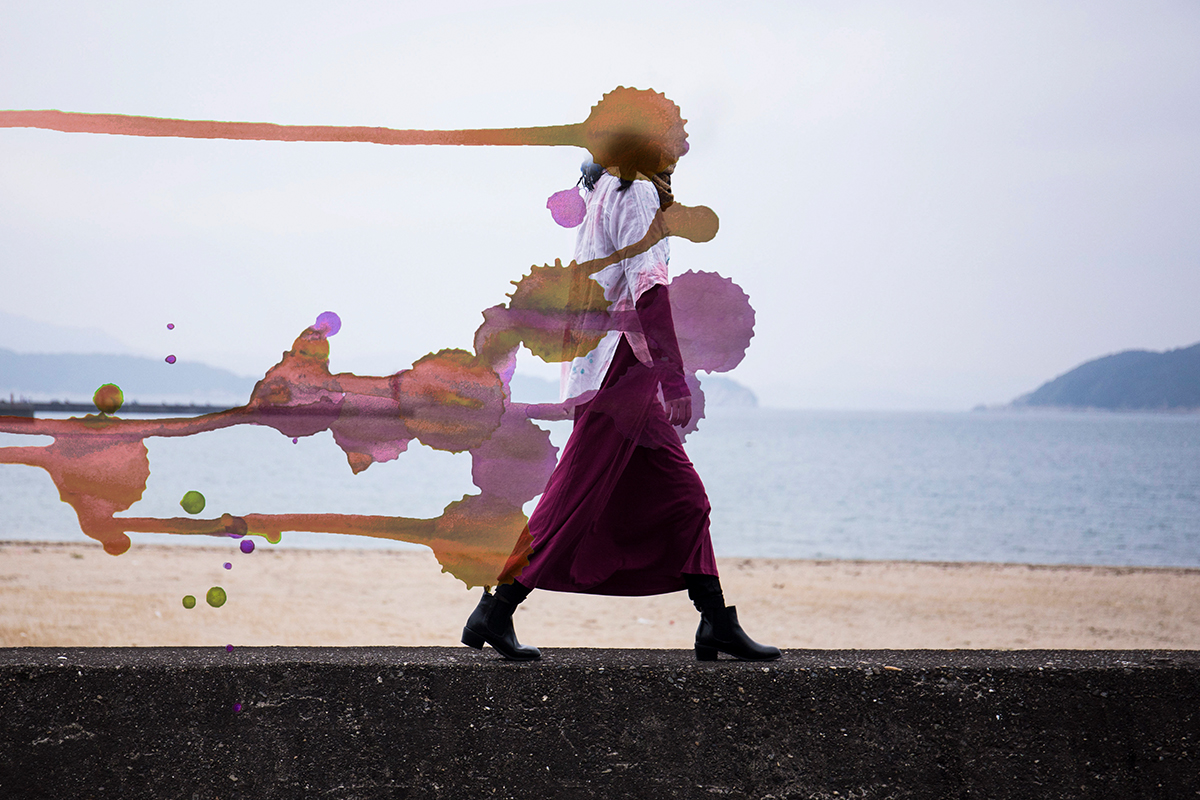Recently, my Safta told me that she never felt at home in America or Israel. As a Mizrahi Jew of Syrian and Yemeni ancestry, my grandmother didn’t really know where she fit in.
My Saba also has struggled with his place in the Jewish community. At the age of 7, he was forced out of the historic Jewish community of Baghdad, Iraq and separated from four of his siblings and his parents. For years, he and his brother were stuck in a camp for displaced Mizrahi Jews in Israel.
My Safta and Saba never talked openly about the trauma they faced as children and into adulthood because they felt there was no point in talking about the traumas of the past. But their stories of persecution and anti-Semitic violence have not been heard by the wider Jewish community.
Thousands of years of South West Asian/North African Jewish history were lost in the 20th century due to forced displacement, ethnic cleansing, and anti-Semitism. The rich historical and cultural traditions of Middle Eastern and North African Jews, ranging from Judaic art to languages like Aramaic and Ladino, were almost completely destroyed.
Furthermore, because many Mizrahi Jews haven’t felt comfortable sharing their stories, the histories of these vibrant Jewish communities of the Middle East have also been ignored.
In Israel’s case, these histories and cultural differences were deliberately ignored by the government, with the ultimate goal of establishing a unified Israeli-Jewish identity from the inception of the modern Israeli state. Discriminatory policies towards Mizrahi Jews during Israel’s early years have defined the country’s current sociopolitical dynamic.
Yet, many Israeli-Jews insist that the divides that once separated Ashkenazi and Mizrahi Jews no longer exist, and that such discrimination within the Jewish community is simply a thing of the past.
However, the cultural, political, and ideological divides between Ashkenazi and Mizrahi Jews unfortunately still exist, as Mizrahi traumas were never truly addressed or rectified. The resentment that remains as a result of past discrimination directly impacts Israeli politics, international affairs, and culture.
In America, white Jews of European descent are often considered the default in terms of American Jewry. But Jews of all racial and national backgrounds not only exist in America but have unique, beautiful communities of their own with distinct cultural traditions and historical traumas.
Yet, because of the Ashkenazi-dominated landscape of American Jewry, I didn’t fully get in touch with my Mizrahi ancestry and cultural identity until college. Growing up as a Jewish girl in the South, there was a small Jewish community to begin with. I didn’t know any Mizrahi Jews outside of my immediate family. When I mentioned that my grandfather was born in Baghdad, I would often get looks of shock and confusion both from my fellow Jews and the wider non-Jewish community. I felt othered because of my family’s different cultural practices and my inability to relate to much of American “Jewish geography.”
My first trip to Israel at the age of 10 was the first time I felt in touch with my Mizrahi identity and culture. Meeting my Israeli cousins for the first time, eating my family’s traditional Iraqi and Yemeni food, and exploring the archeology of Jerusalem and Caesarea, I started to understand where I really came from. Further trips only made me feel closer to my identity. I felt understood, loved, and connected to my Jewish identity and culture in ways I’d never felt before.
(It wouldn’t be until later that I learned this place that I loved so much and consider my homeland is also the homeland of another people: the Palestinians. I don’t see my Mizrahi Jewish identity as negating the historical narratives, traumas, or legitimacy of the Palestinians. To love Israel is to believe in the liberation of Palestinians. Our futures are completely intertwined.)
Despite the clarity that my family’s trips to Israel gave me, I still felt strange talking about my Jewish and Mizrahi identity in both Jewish and non-Jewish spaces throughout high school. Non-Jews’ understandings of Jewish traditions all came from an Ashkenazi lens, whether that be bagels and lox or Seinfeld. Non-Jews were (and are) often surprised to find out that Mizrahi and Sephardi Jews even exist.
Now that I am a college student, I often find myself asking the same question my Safta asked herself: Where do I fit in?
Historically, Mizrahi Jews really haven’t fit in anywhere. We aren’t politically convenient. Our existence delegitimizes narratives about Jews and Israel on the right and the left, which means that we are often erased.
In college, I have seen this erasure in action. My sophomore year at George Washington University in Washington, D.C. was defined by anti-Semitism and hatred. Despite three extremely public incidents of anti-Semitism on my campus, the bigotry that Jews face at my university was ignored and went unaddressed by the larger community. (It’s important to note there were also high-profile racist incidents targeted toward the Black community that did not result in any meaningful institutional changes.)
While facing the emotional turmoil and exhaustion that comes with fighting against racism and anti-Semitism on campus, I also had to defend my very existence as a Mizrahi Jew. I was told by one of my peers that the traditional foods of my family, such as t’bit and kubaneh, rather than stemming from thousands of years of Middle Eastern and North African Jewish tradition, were instead stolen. I was told by non-Jews that Jews from the Middle East were actually treated extremely well in Arab countries prior to expulsion, despite the history of systematic discrimination against Middle Eastern and North African Jews.
But I am done being erased. During quarantine, I have had a lot of time to think about my place in the Jewish community. Cooking my family’s traditional foods, spending socially distanced time with my Safta, reading about Mizrahi history, and learning about organizations like Jimena have made me feel more in touch with my identity than ever before.
The stories and cultures of Mizrahi and Sephardi Jews need to finally be heard and celebrated. Dialogue about Judaism and the Israeli-Palestinian conflict should be more sensitive to and inclusive of Mizrahi Jews, who had nowhere to turn when roughly one million of them were expelled from their countries in the 20th century. White, European Jews are not the default when it comes to Jewish culture, history, and trauma. There is no default — instead, there is a vast diaspora of the many different cultures and communities that make up the wider Jewish world. Let’s finally change the narrative to reflect just that reality.



